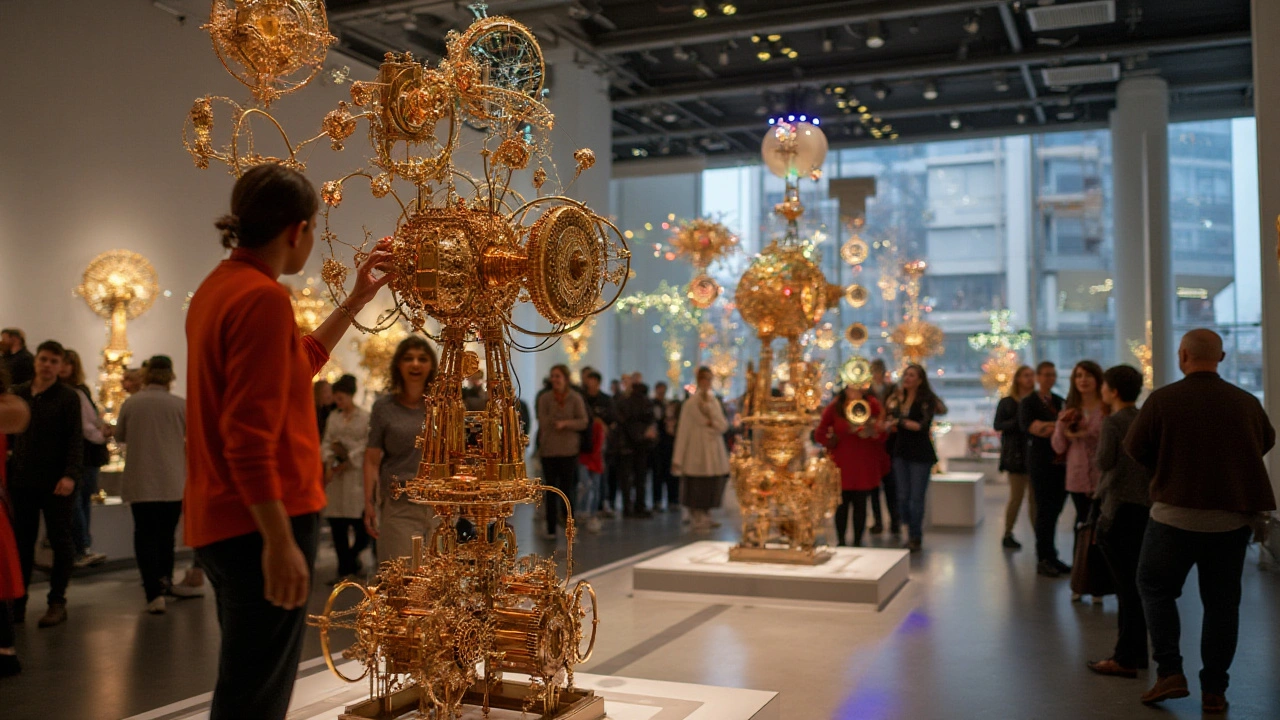Art Installation: How to Experience and Create Immersive Works
Installation art can stop you in your tracks. It changes space, asks you to move, touch, or think differently. You don’t need a museum pass to get it — street corners, parks, and vacant buildings host big ideas. This tag collects useful guides, history, and hands-on tips to help you see and make installations that matter.
What to look for
Look for three big things: how the work uses space, how it changes your movement, and what materials do the talking. Scale matters — a small piece can feel intimate; a large piece can feel overwhelming or liberating. Notice pathways, clearances, and sightlines; these shape how you enter and leave an artwork. Lighting and sound change mood fast, so check how they work at different times of day.
Tips for makers
Start small and test in real space before you commit to a big build. Mockups and sketches help, but simple prototypes reveal problems you won’t predict on paper. Think about durability, weather, and safety from day one. If you plan a public piece, check permits, insurance, and local rules early. Materials shape message — concrete feels different than fabric or projected light.
Document everything. High-quality photos and short video clips extend your work’s life and let people share the experience online. Practical budget tip: allocate at least 15% for unexpected costs and another 10% for storage or transit. Think about audience access — ramps, signage, and clear entry points make installations friendlier to more people.
Want inspiration? Check posts here on photorealism, immersive installation history, and projects that mix land art with urban design. You’ll find artist lists, step-by-step guides, and real-world case studies to copy or remix.
How visitors respond matters as much as craft. Ask simple questions after shows: Did people stay longer than expected? Did they interact? What did they talk about? Those answers guide edits and future builds.
Installations are public conversations between maker, place, and audience. Treat your next project like a neighborhood event — think logistics, publicity, and who benefits from the work.
If you need concrete how-to guides, our Installation Art posts cover history, technique, and famous works that changed the game. Browse lists of influential pieces, read breakdowns of artist methods, and use our step lists to plan your build.
Ready to start? Pick a spot, sketch a simple layout, and test one element in place this week. Small moves lead to bolder projects later. If you want feedback, share design photos and I’ll point out clear fixes for safety, flow, and impact.
Quick checklist: measure site, map sun and wind, list materials, confirm power needs, estimate load and install time. Also: test lighting angles, run a safety review with a friend, and make a short visitor guide for on-site use. Use social posts to call neighbors, post clear opening hours, and give a quick behind-the-scenes video to spark interest. Good installations leave people thinking, smiling, or arguing — any reaction means you did something right. Start small.

